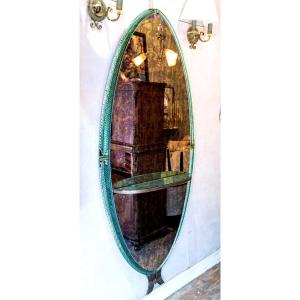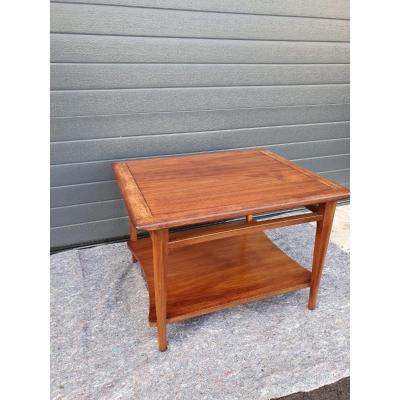The history of Desvres earthenware is an integral part of the cultural history of France. Despite the challenges and changes over the centuries, the art of earthenware has survived and flourished in Desvres. Many talented craftsmen have contributed to the richness and diversity of Desvres earthenware.
Period: 20th Century
Dimensions : Height : 28cm x Width : 30,5cm x Depth : 5,5cm
Signature : on the back of the piece
Clover is a common plant, found in fields and gardens. But what is little known is that clover has a deep meaning and symbolism. This small plant, rich in symbolism, is associated with good luck.
The origins of clover go back to the Middle Ages, when the plant was associated with protection and good luck. Over the centuries, the clover became an important symbol in European cultures.
The plant was believed to have the power to protect against black magic and even the evil eye. For this reason, the shamrock was often worn as a symbol of protection from evil forces, love, fertility and protection.
The shamrock acquired a particularly strong connotation in Ireland. Irish folklore has it that Saint Patrick brought the shamrock back to Ireland in his right hand to symbolise the Trinity and his left hand to symbolise unity.
Desvres earthenware is much more than just pottery. It is a testimony to France's cultural and artistic heritage, a tradition that continues to live on and inspire today.
The production techniques, motifs and colours used to make Desvres earthenware are a true expression of the creative and cultural wealth of the Hauts-de-France region.










































 Le Magazine de PROANTIC
Le Magazine de PROANTIC TRÉSORS Magazine
TRÉSORS Magazine Rivista Artiquariato
Rivista Artiquariato